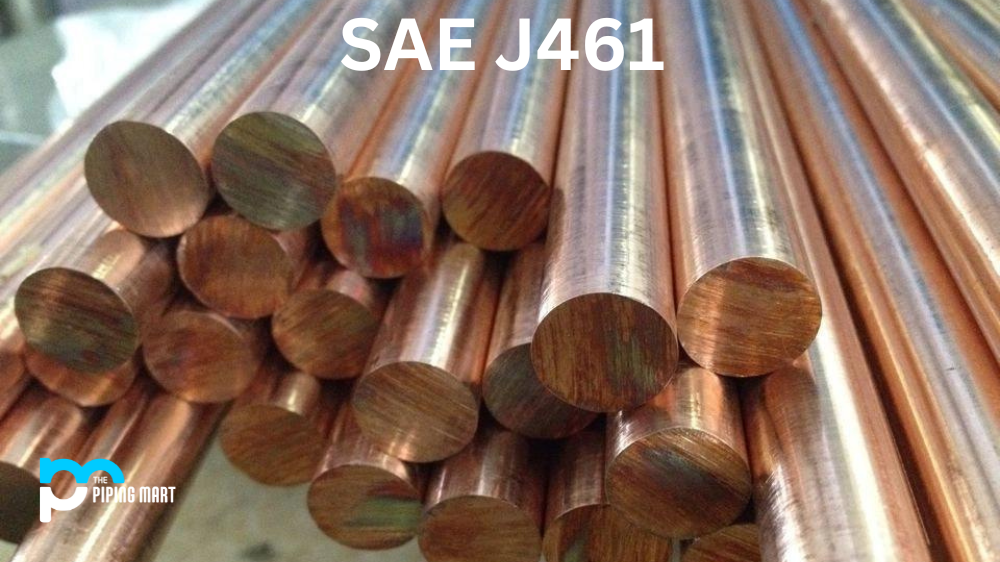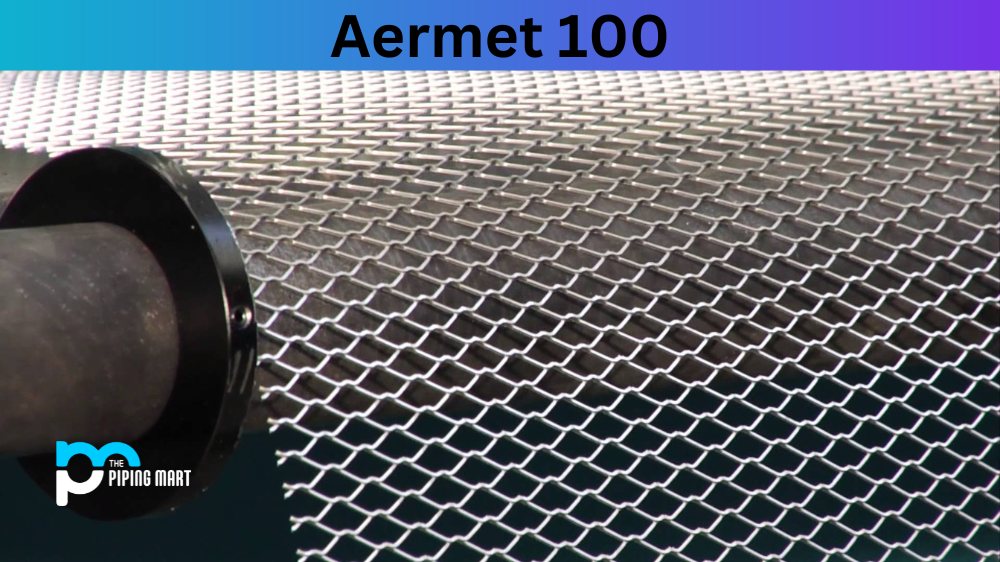When selecting the suitable material for your engineering projects, it’s crucial to understand the standardized classifications and material properties. SAE J461 is a widely used classification for copper and copper alloys. This blog post’ll explore what SAE J461 is, its composition, physical and mechanical properties, and applications.
SAE J461 Composition
SAE J461 is a classification standard for copper and copper alloys. It is the unified numbering system code for wrought and cast copper alloys approved by the SAE (Society of Automotive Engineers). These alloys are defined by their chemical composition, which includes elements like copper, zinc, tin, lead, nickel, iron, and aluminium, to name a few.
SAE J461 Physical Properties
Different SAE J461 alloys exhibit varying physical properties. However, some common physical properties of SAE J461 alloys include high thermal and electrical conductivity, good ductility, and malleability. These attributes make SAE J461 alloys ideal for high-reliability and conductivity applications.
SAE J461 Mechanical Properties
The mechanical properties of SAE J461 alloys are also essential for high-strength and durability applications. Different SAE J461 alloys have varying mechanical properties like tensile strength, elongation, fatigue strength, and hardness. Choosing the suitable alloy for your application is essential to ensure optimal performance.
SAE J461 Uses
SAE J461 alloys have extensive use in various industries, including automotive, electrical, plumbing, and marine applications. They are used for electrical connectors, heat exchangers, pumps, valves, and gears. The wide array of possible applications for SAE J461 alloys makes them indispensable in various engineering projects.
SAE J461 Hardness
Hardness is essential for applications that require resistance to wear and tear. Different SAE J461 alloys have varying levels of hardness. The hardness of SAE J461 alloys depends on the alloy’s composition, manufacturing process, and heat treatment.
SAE J461 Heat treatment
Heat treatment can improve the mechanical properties of SAE J461 alloys. The heat treatment process involves controlled heating and cooling, which can affect the alloy’s structure, hardness, and strength. Proper heat treatment can optimize the performance of SAE J461 alloys for different applications.
SAE J461 Welding
Welding is a common way to join copper alloys for different applications. However, welding can pose challenges for alloys with high copper content, like SAE J461 alloys. One of the standard welding methods for SAE J461 alloys is gas tungsten arc welding (GTAW). Careful preparation is necessary before welding SAE J461 alloys to ensure optimal performance.
SAE J461 Corrosion Resistant
SAE J461 alloys have good corrosion resistance against various environments, including atmospheric, freshwater, and saline solutions. This property makes them ideal for applications exposed to harsh environments and chemicals. However, the corrosion resistance of SAE J461 alloys may vary, depending on the alloy’s composition and surface finish.
Conclusion
In conclusion, SAE J461 is a standardized classification system for copper and copper alloys, widely used in various engineering applications. Understanding the composition, physical and mechanical properties, and possible applications of SAE J461 alloys is essential in selecting suitable materials for engineering projects. Its excellent electrical and thermal conductivity and impressive corrosion resistance make it an ideal material for various applications.




